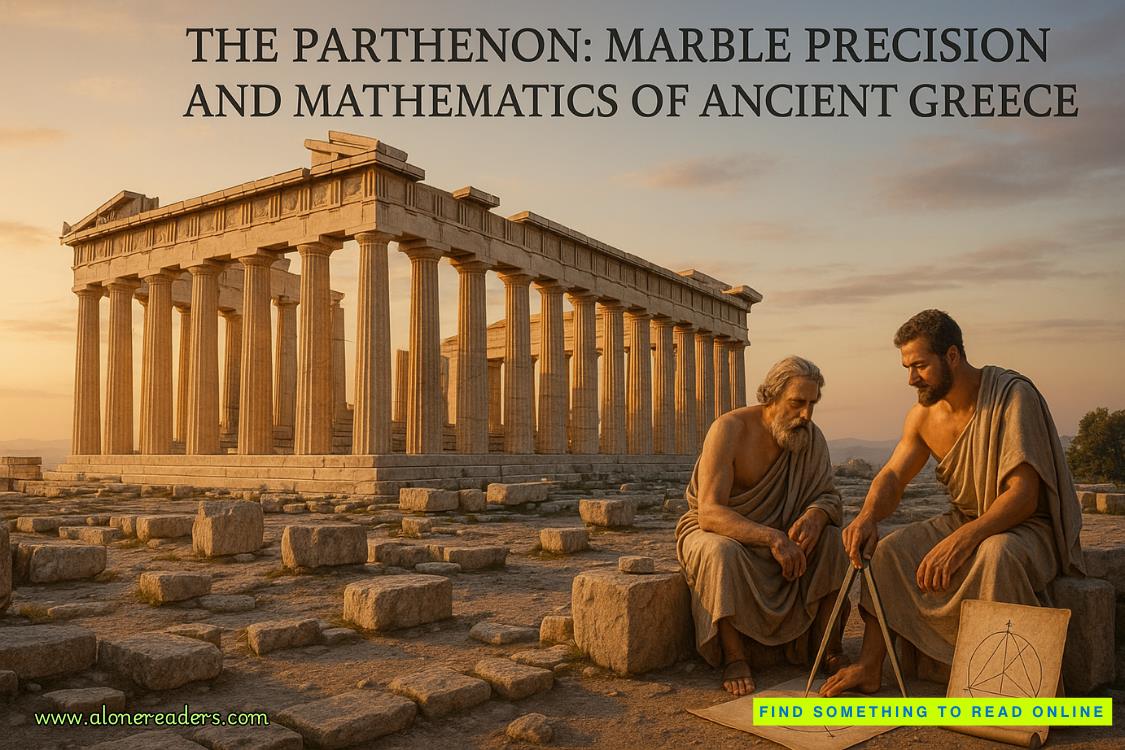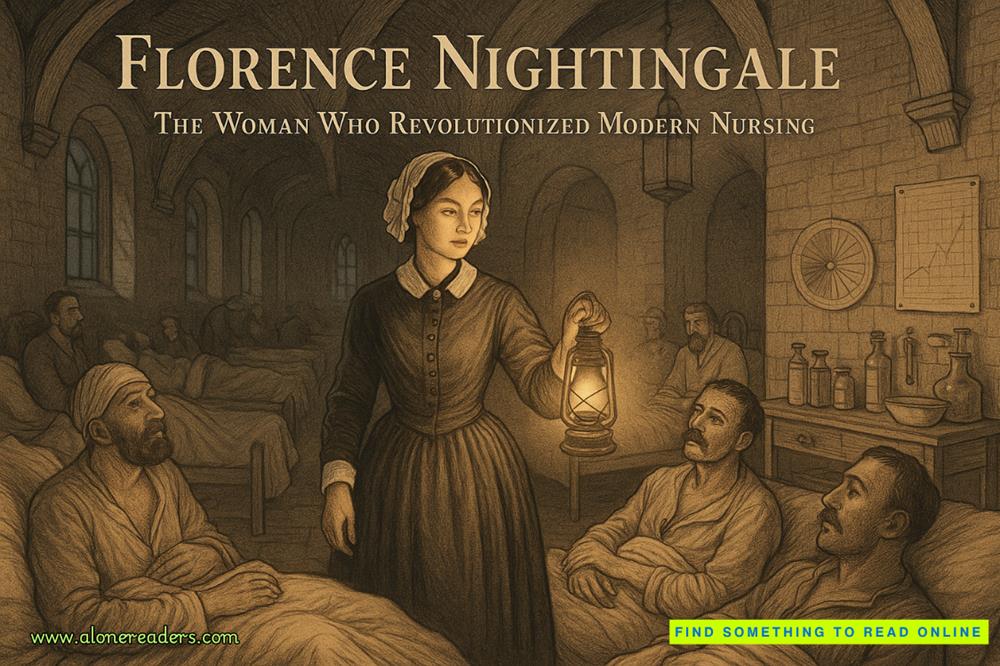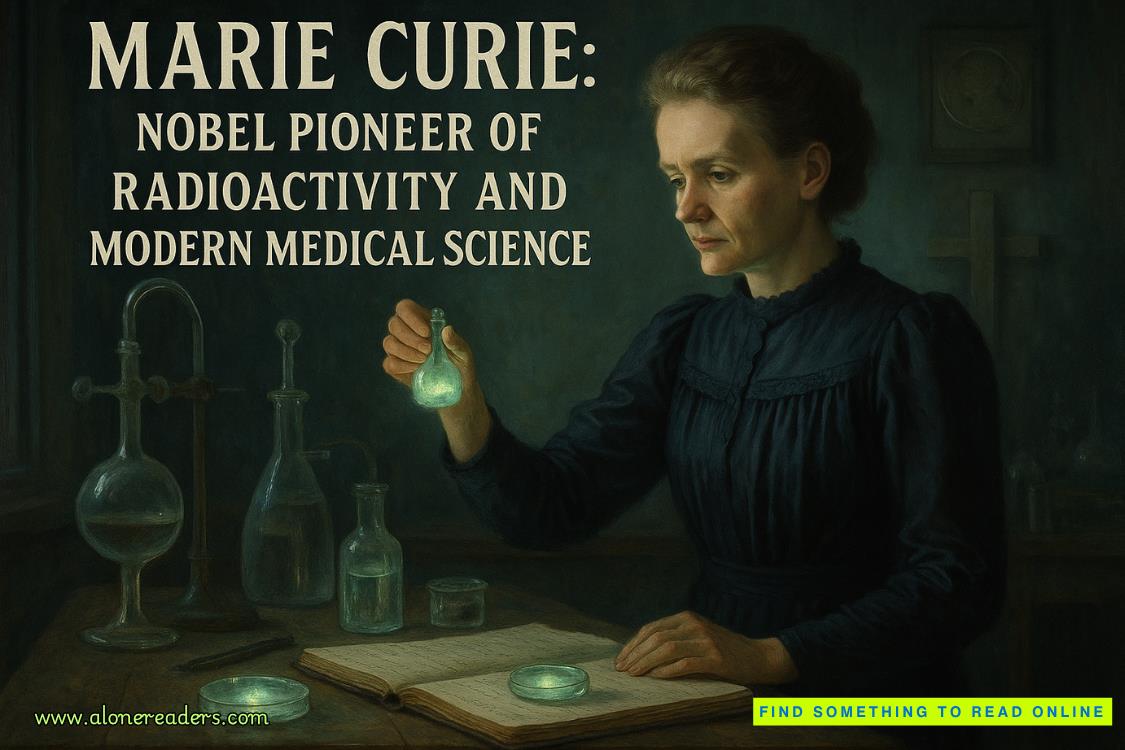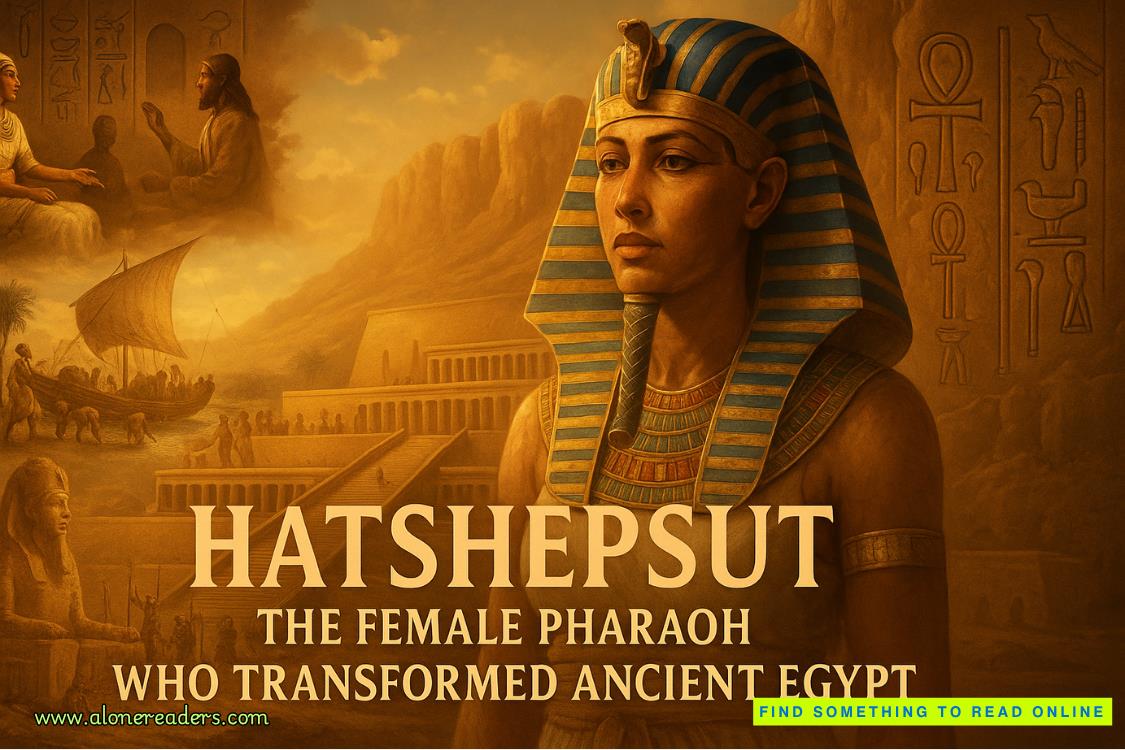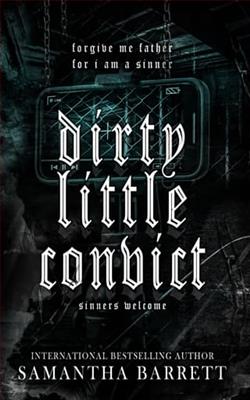Page 42 of Crucible of Chaos
Estevar began scrawling names of various obsolete religious texts, along with the titles of even more obscure theological tracts banned from inclusion in the officialCanon Dei. When he couldn’t think of any more, he began crossing out those which he knew had no mention of anything occult in nature. After whittling down the list, he underlined the ones known assacrificia, those religious rituals excluded because of their use of human beings in the rites.
‘Not that one,’ Agneta said, coming to loom over his shoulder. ‘TheSacrificia Humilitawasn’t actually a ritual– it was more of a flowery homily about the ecstasy of servitude. It was adapted into a less sexualised version in theCanon Dei.’
She was right. He struck that one too.
‘Get rid of that one as well,’ she said, pointing to his barely legible reference to theSacrificia Daemolo.
‘Why?’ Estevar asked, suddenly suspicious. In archaic Tristian, daemolocould mean either ‘misfortune’ or ‘diabolical’. Moreover, he had a faint recollection that it contained a number of ornate sigils that mightbe related to the ones on Strigan’s skin.
‘Because, as any Cogneri would tell you, theDaemolowas a fake,’ Agneta replied. Snorting with laughter, she added, ‘If you remove every second word from the text, the whole thing becomes a rather unsavoury condemnation of the clergy.’
‘What of the accompanying sigils?’ Estevar asked.
The old inquisitor snatched the quill from his hand, found a tiny blank section and drew a pair of elaborate sigils, each contained within a half-circle. The first looked like a sun rising over the horizon with a seated female figure depicted inside, arms spread as if rejoicing in the coming of the day, mouth open in song. The second half circle Agneta had drawn upside down, like a bowl, save that it clearly represented a half-moon and inside was the figure of a man on a bed, eyes closed in happiness at the end of his working day. After handing Estevar the quill back, she folded the page carefully so that the two half-circles combined.
‘Still think theDaemolomight contain a dastardly ritual to summon demons?’ she asked.
Tired as he was, and urgent though his need was to figure out which text he was looking for, he laughed at what was clearly an image of a man and woman coupling, he, smugly self-satisfied at his performance, she, crying out in ecstasy.
‘Heretics had better senses of humour back then,’ Agneta observed.
Estevar retrieved the paper and laid it alongside the first two pages, studying the eight remaining texts. Any of those bannedsacrificiamight be the source of the sigils inscribed onto Strigan’s skin.
The Sacrificia Expiadis, the Absolvio, the Purgadis, the Liebernum, the Mortadis, the Solno, the Vividum, the Penito: ponderous theological ramblings, one and all. How am I to remember which one contained the markings?
‘Which of these tracts are to be found in the abbey libraries?’ he asked Agneta.
‘None of them.’
‘Are you certain?’
‘I’m an inquisitor, you oaf. Do you really suppose I’d allow heretical treatises banned by canon law inside the holiest site in the entire country?’
You might not, Estevar thought,but the abbot was curious about the origins of faith, not only its tenets.In fact, he was now all but certain that it was during his last visit to Isola Sombra that he’d seen the sigils which now bedevilled him– and it was Venia who’d been rifling through the clutter of crumbling parchment scrolls on his desk at the time, searching for one meant to bolster his argument about the supremacy of religion over the state!
Too bad you left me with no clue as to which one that was, you proselytising zealot! Instead, you tricked me here with that silly letter complaining about the factions in your abbey, ending with that absurd demand that I somehow ‘purge the divisions’ between your brethren!
And there it was.
Purgethe divisions.
‘You’re wrong,’ Estevar told Brother Agneta. ‘Some heretical texts have escaped the ignorant fires of your inquisitor’s torch.’ He tapped a finger on the third scrawled title. ‘Abbot Venia kept a copy of theSacrificia Purgadishere in the abbey.’
‘Impossible,’ the Cogneri murmured.
Estevar guessed it was her faith in the abbot which was being challenged, not his ability to hide an old text from her.
‘ThePurgadisrequires a human sacrifice. Venia would never—’
‘He might,’ Estevar said gently, placing a hand on her arm. She felt suddenly frailer to him, somehow. ‘If he was convinced that new gods were coming to Isola Sombra, forged from the esoteric ores beneath its rocky ground and shaped by the faith of those who tread upon it. . .’
Finally, the image which had been lurking at the back of his mind became clear, though he’d glanced at the parchment for only a few seconds before Venia had rolled it back up and hidden it away. ThePurgadisdescribed a series of rituals which purported to map upon the flesh of one sinner the spiritual misdeeds of an entire village. The sinner would then be ‘given over to the darkness’, whereupon their spirit would be devoured– and the sins of their community purged.
‘What does it mean?’ Brother Agneta asked, the first time she’d shown any sign of valuing Estevar’s opinion. ‘ThePurgadiswas more folk superstition than religious ceremony–meant to bring the loving gaze of the gods back to a place where crops wouldn’t grow or children failed to thrive. How could it bringactualdemons to life?’
He closed the ink pot, replaced the quills in the basket and stacked his three pages, then placed the lot on the floor next to his bed. ‘That, I do not yet know.’
‘Then why are you smiling like an idiot?’


